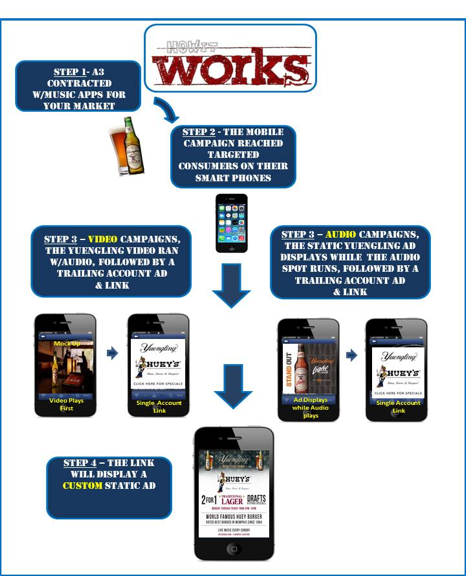“Half the money I spend on advertising is wasted; the trouble is I don’t know which half.” – John Wanamaker
In a world where return on investment is king, directly linking sales to your marketing efforts is sometimes equivalent to searching for the Holy Grail. The competition for attention is fierce especially with digital marketing. So in order to be sure your campaign is effective, it is critical to track consumer engagement from delivery of the ad through to the purchase. Unfortunately, this is a difficult task as most media buying agencies do not have the in-house capabilities to track such intelligence and rely solely on impressions as the gold standard measurement tool for consumer engagement. As a result, brands are left with many questions and unreliable data regarding the influence of their ad on sales.
Thanks to technological advances, however, tracking the journey of marketing influence is possible. No longer do we rely on conclusions based on vague and imprecise connections such as “we advertised last week and sales increased so it must have worked.” In today’s world, this just does not cut it anymore. Marketing has now evolved into a measurable science that combines deep strategy, leading edge technology, advanced psychology, and driven by data. Successful marketing today is where art and science of persuasion combine to deliver superior results.
Many agencies realize the huge benefit of real time marketing data and incorporate it into its services offered. Brands that work with media buying agencies which possess the in-house muscle to track consumer engagement are afforded the power to directly connect that influence to sales. Such was the case when M3 partnered with Pandora in a recent ad campaign for Yuengling Beer.

The strategy: M3 suggested that Yuengling could increase sales by attracting new customers. To accomplish this, the agency proposed a strategy not yet embarked upon by Yuengling in the past. First, M3 suggested that the brand build its customer base by reaching out to millennials (ages 21-34). Next, the agency proposed that the campaign be conducted via digital advertising on apps popular with the demographic.
The campaign: M3 placed the digital ads over 30 days in four test markets. The ads displayed features offered for the product at local taverns and restaurants and were shown to the target audience multiple times during that period. To demonstrate a return on investment, the agency tracked and measured the effectiveness of the campaign at every point by incorporating its end to end data tracking software, M3 with point of sale tracking by Yuengling.
The results: Outcomes from the M3 campaign strategy were highly successful. In markets where the hyper-local marketing campaign was conducted; product sales increased an average of 27 percent. One market experienced an increase of 39.4% during the 30 day campaign as compared to sales in the previous six months. Another market, the campaign strategy introduced by M3 helped reversed negative sales trends of the product from the previous six months.
In addition to increasing sales, M3’s strategy had a positive impact on the click through rate of ads on each of the three apps. As a result of the ad strategy employed by M3, click thru rates increased by a factor seven times the national average. M3 not only helped Yuengling increase sales, but when combined with M3, the agency was able to track the influence of the campaign, something the apps could not accomplish on their own. M3 software allowed the agency to track targeted audience along the life cycle of the ad from its introduction to the end point of purchase proving that sales can be directly linked to digital marketing.
“Advertising is always a great way to elevate a brand’s image,” stated Frank Gussoni, President of M3, “but when you can also prove sales left, its invaluable!”
The ad campaign was so successful that industry research group, Millward Brown, published a study on results. To read more details about the study, click here.





